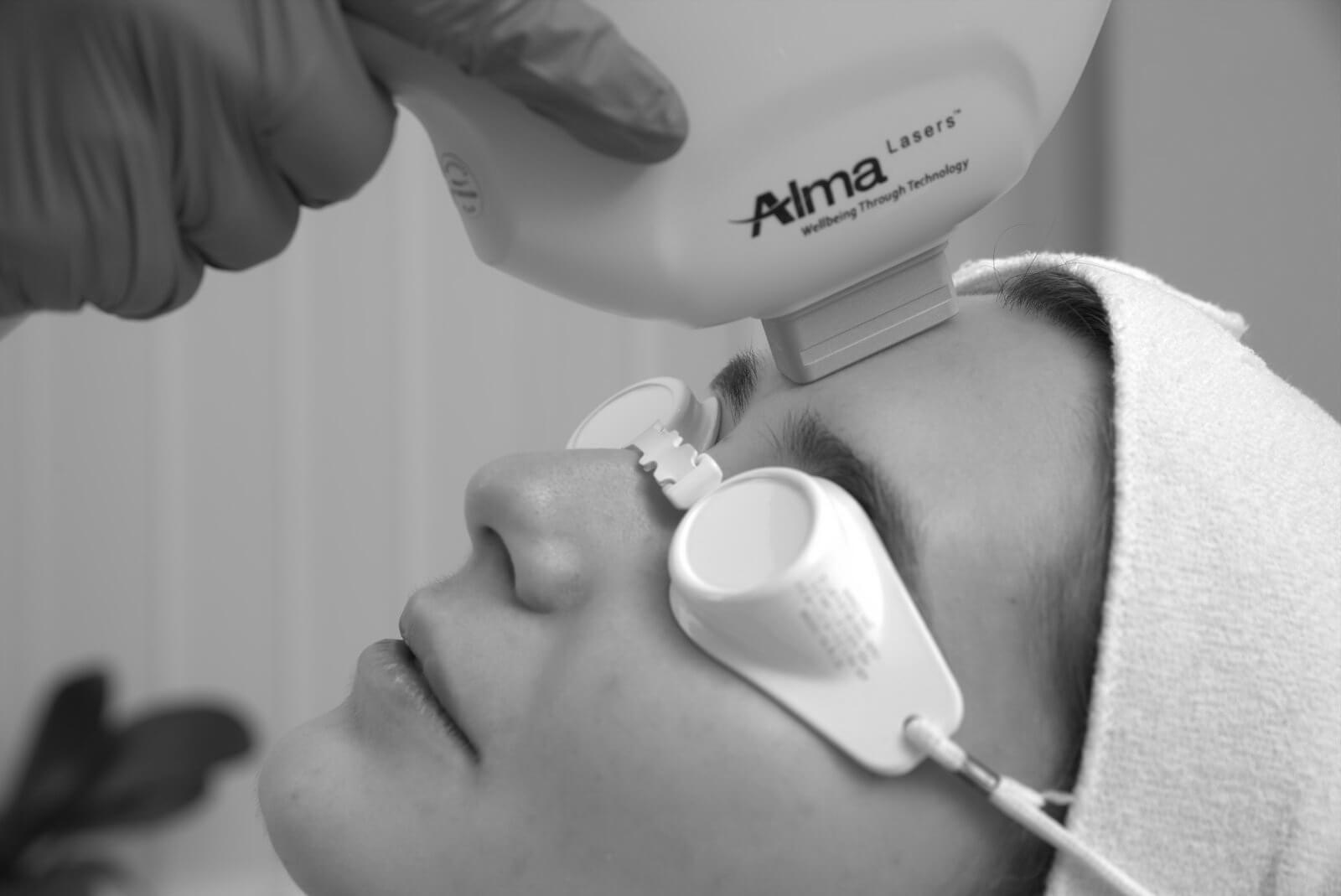Q-switched and Pico lasers, are the only lasers that can remove tattoos. These lasers penetrate deep into the skin with minimum risk of forming scars and changes in pigmentations. The body removes those particles by the process of phagocytosis.
Q-switched laser produces an intensive focused light beam that affects the pigment in the tattoo. Afterwards, the pigment absorbs the light energy, which causes it to break into a large number of tiny particles.
Lasers that don’t have Q-switched technology (such as IPL lasers) do not deliver intensive focused wave length energy that the tattoo pigment can absorb in the right way. Therefore, they are inefficient when it comes to skin removal, and they can damage the surrounding skin.








